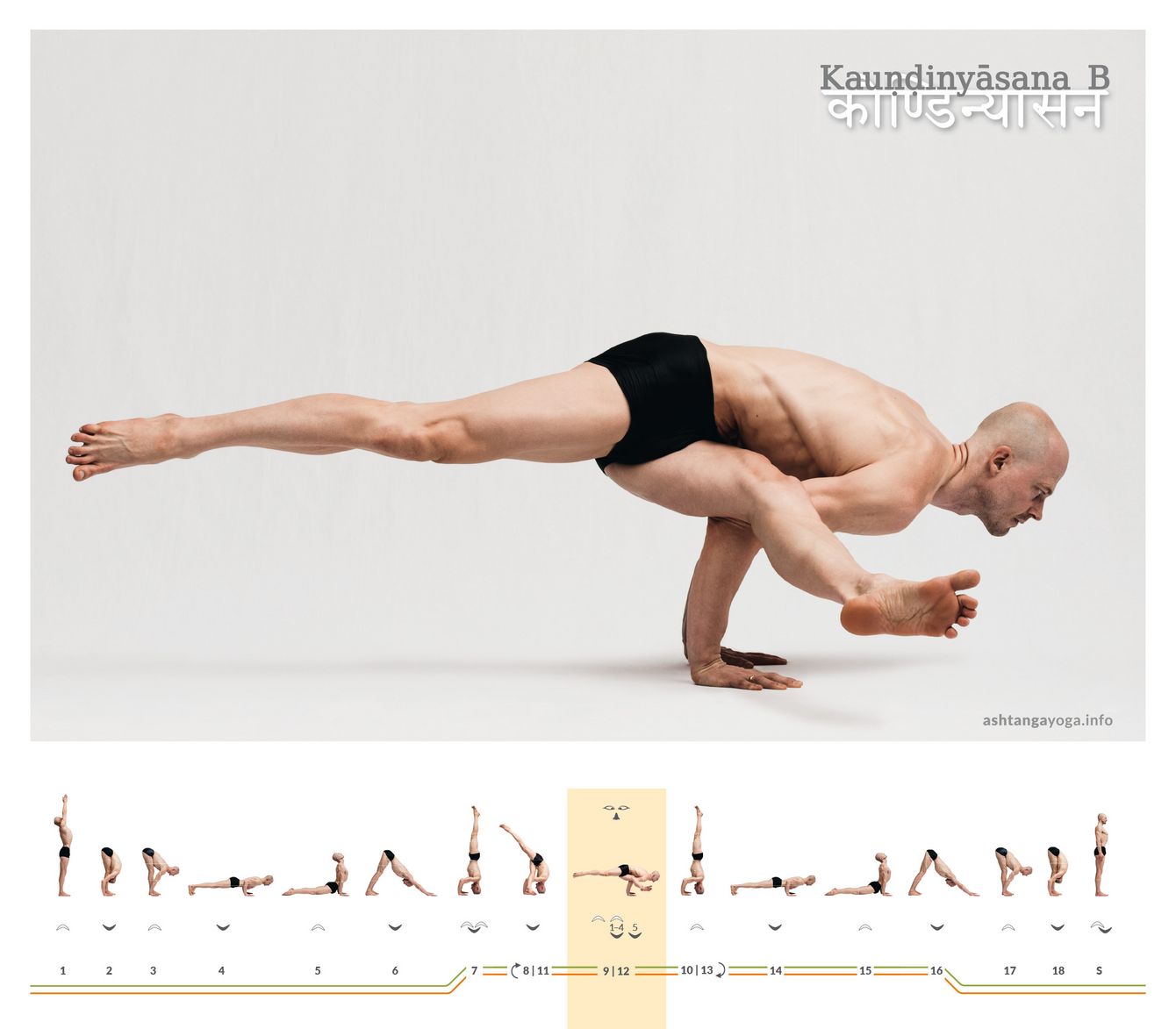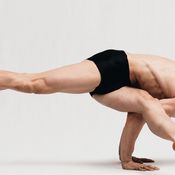

Mythology: Both in Buddhism and Hinduism, R̥ṣi Kauṇḍinya appears as a mythological figure. In Buddhist texts, Kauṇḍinya was a Brahmin. In many Buddhist traditions, it is told that Kauṇḍinya, sometimes also Asita, was one of the wise men who came to the father of Siddhārtha, king Śuddhodana, at the time of the birth of the newborn prince to interpret the fate of the newborn prince.
Kauṇḍinya determined signs on the child indicating that Siddhārtha would either become a Cakravartin, a world ruler, or choose a life of spiritual seeking and become a great spiritual leader or an enlightened one, a Buddha. Kauṇḍinya is said to have prophesied on this occasion that Siddhārtha would choose the spiritual path.
To prevent this, king Śuddhodana tried to keep his son Siddhārtha away from all suffering. He hoped that in this way his son would never desire to choose the life of an ascetic. Naturally, the king wanted Siddhārtha to be his successor as king. So he ensured that Siddhārtha grew up in luxury and without lack or suffering, shielding him from the harsh realities of life, including old age, sickness, and death.
Despite his father's efforts and the protected life in the palace, Siddhārtha eventually encountered the sufferings of the world, which led him to renounce his wealthy life and seek enlightenment. These encounters are known as the "Four Encounters," which were decisive for Siddhārtha's decision to become a monk. After many years of asceticism and meditation, he finally attained enlightenment under the Bodhi tree and became Gautama Buddha.
After Siddhārtha attained enlightenment as Buddha, Kauṇḍinya and four other ascetics became his first disciples. Kauṇḍinya was also the first to achieve the status of an Arhat, an enlightened being who has liberated himself from the cycle of birth and death.
In the traditional count: Begin directly from "Downward-Facing Dog" pose in the previous sequence.
Vinyāsa 7 - Inhalation, Exhalation, Inhalation:
Inhale as you jump from the "Downward Facing Dog" into a balancing position on your hands. Exhale as you bend your elbows while straightening your legs. Gently place the crown of your head in front of your hands on the floor, forming an equilateral triangle with the three points of contact. Your head, shoulder girdle, pelvis, and feet should now be approximately vertically aligned. Inhale here.
Vinyāsa 8 - Exhalation:
Lower your straightened legs with the exhalation until your toes hover close to the ground. Now, scissor your legs apart and rotate your left leg over the right upper arm while lifting your right leg back up.
Tip: Initiate the swinging movement only after your feet hover close to the ground. This makes it much easier to initiate the rotation without shifting the center of gravity too far.
Vinyāsa 9 - Inhalation, 5 breaths, Exhalation:
Inhale as you lift your head while lowering your pelvis. Bend your arms until your upper arms reach a horizontal line. Stay here until the fifth exhalation.
Try: As a visualization, aim to balance both shoulders at approximately the same height.
Vinyāsa 10 - Inhalation:
At the end of the exhalation, lower your head back to the ground. Rotate your legs to the center. Your toes are close to the ground. Now, inhale as you lift your straightened legs vertically back into the tripod headstand.
Vinyāsa 11-13:
Repeat the sequence from Vinyasa 8-10 on the left side.
Tip: Don't just collapse into Caturāṅga Daṇḍāsana from the tripod headstand. Instead, lower your straightened legs until your toes almost touch the ground. Then, give an upward impulse with your legs. This will effortlessly lift your head off the ground, allowing you to land in Caturāṅga Daṇḍāsana with control.
Vinyāsa 14 to 16:
Follow the familiar flow of movements until you reach the "Downward Facing Dog" pose.
In the traditional count: Proceed directly into the movement flow of the next posture.
Effect: Variation B of Kauṇḍinyāsana contributes to strengthening the arms and developing core stability. In addition to improving balance and coordination, this posture promotes concentration and willpower due to its challenging nature. On an energetic level, it supports the flow of life energy through synchronized breathing and movement, leading to a sense of vitality and well-being.
Fotograf: Richard Pilnick - www.richardpilnick.com


 Dr. Ronald Steiner
Dr. Ronald Steiner
Messages and ratings